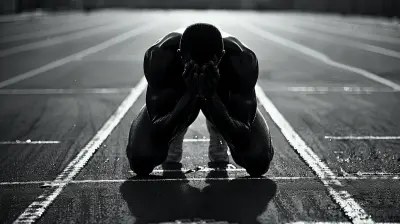Why Hip Strength Is the Key to Preventing Lower Body Injuries
11 August 2025
When it comes to fitness, sports performance, and injury prevention, the conversation often revolves around knees, ankles, and feet. You’ll hear people talk about torn ACLs, shin splints, rolled ankles—you name it. But here's the kicker (pun intended): most of these injuries don’t start at the site of the pain. They often start higher up the chain, right at your hips.
Yep, your hips are the unsung heroes of your lower body. They’re like the foundation of a house. If the base isn’t solid, everything built on top is at risk of crumbling. So today, we’re diving deep into why hip strength is the key to preventing lower body injuries—and why you should start paying more attention to those glutes and hip flexors.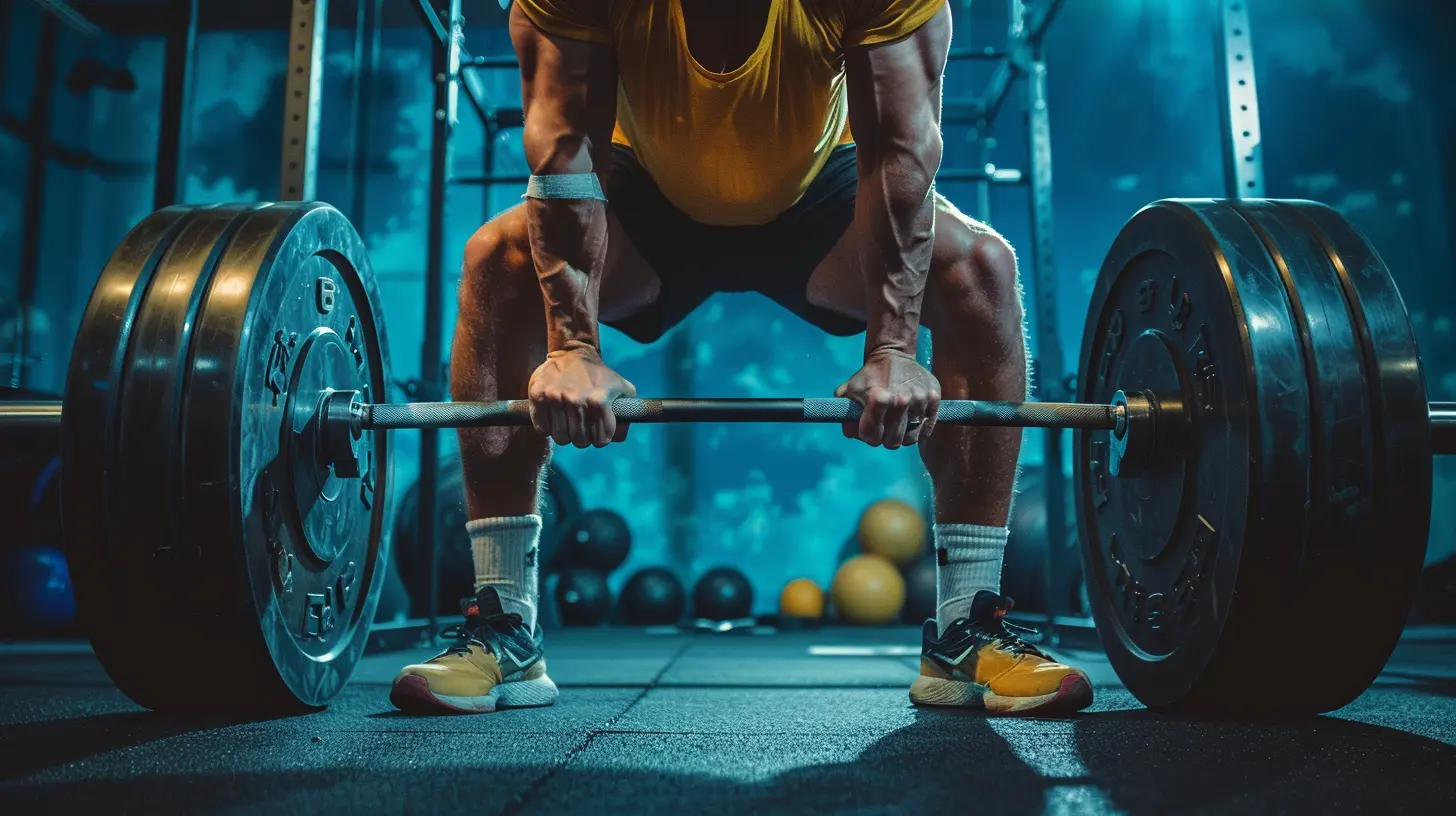
Understanding the Role of the Hips
Before we get into the nitty-gritty, let’s talk about what your hips actually do. Your hips are a major joint complex that connects your upper and lower body. They’re made up of muscles, tendons, ligaments, and bones that work together to:- Stabilize your pelvis
- Allow movements like running, jumping, squatting, and twisting
- Support your core and spine alignment
- Control the rotation and motion of your legs
Think of your hips as the control center for your lower body. They coordinate and distribute force every time you move. If the muscles around your hips are weak or imbalanced, your body has to compensate somewhere else—usually in your knees or lower back. And that’s where the trouble begins.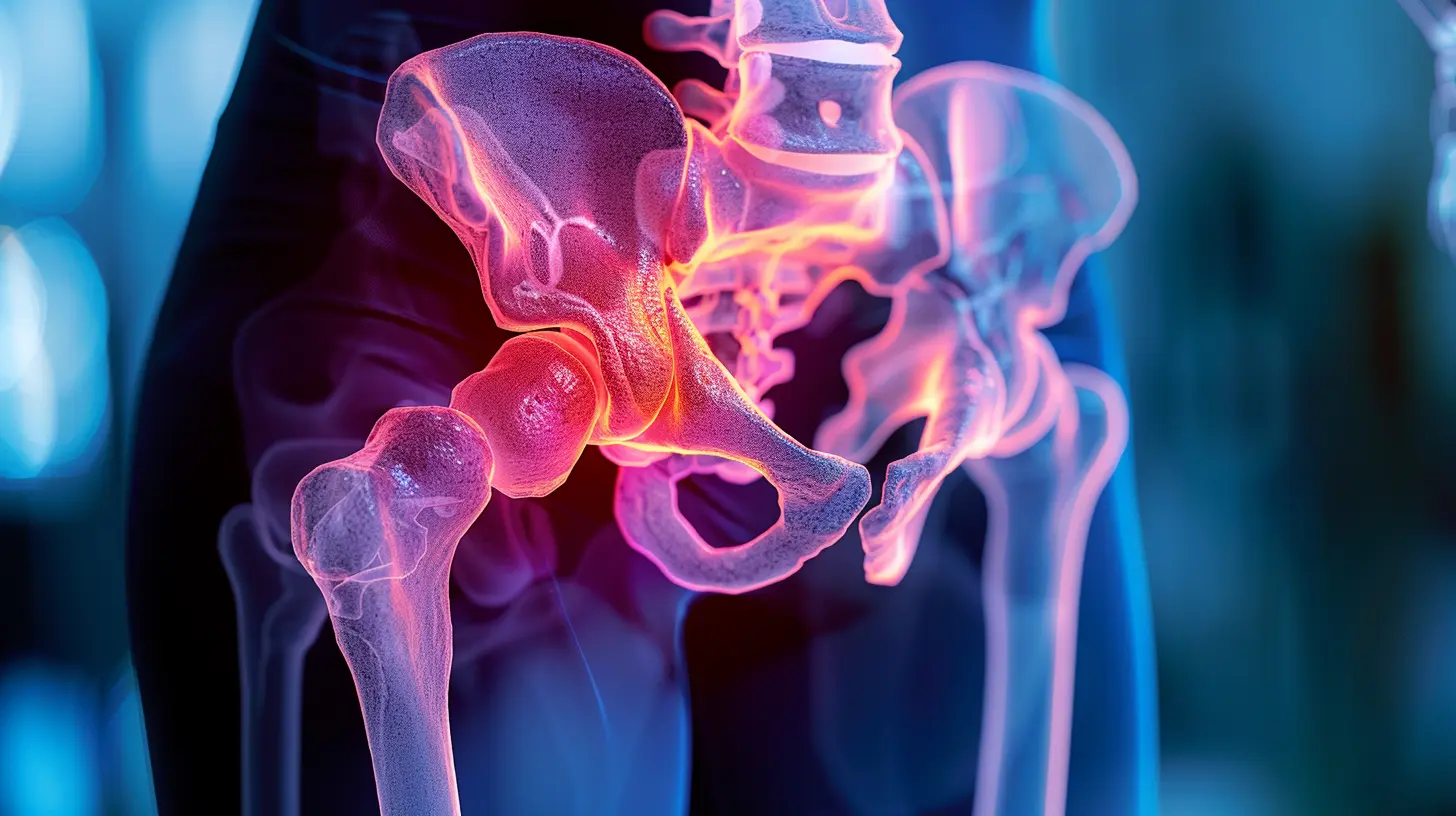
How Weak Hips Lead to Lower Body Injuries
Let’s break it down with some real-life scenarios. Have you ever wondered why runners often suffer from IT band syndrome or patellar tendonitis? Or why basketball players frequently deal with ankle sprains or ACL tears?More often than not, these issues trace back to insufficient hip strength and poor hip control.
1. Knee Injuries
Weak hip abductors (like your gluteus medius) can allow your knees to collapse inward, especially during high-impact or repetitive movements. This inward collapse, technically called knee valgus, places extra stress on your ACL and meniscus. Over time, it dramatically increases your risk of knee injuries.2. Ankle and Foot Problems
When your hips can’t stabilize your legs properly, the burden shifts downward. Your ankles and feet then absorb more shock than they’re built for, increasing your risk of sprains, plantar fasciitis, or Achilles tendon irritation. That’s a lot of unwanted pressure on the wrong joints.3. Hamstring Strains
Weak hips also disrupt your posterior chain mechanics. If your glutes aren’t doing their job during running or jumping, your hamstrings work overtime to compensate. Hello, hamstring pulls and tightness!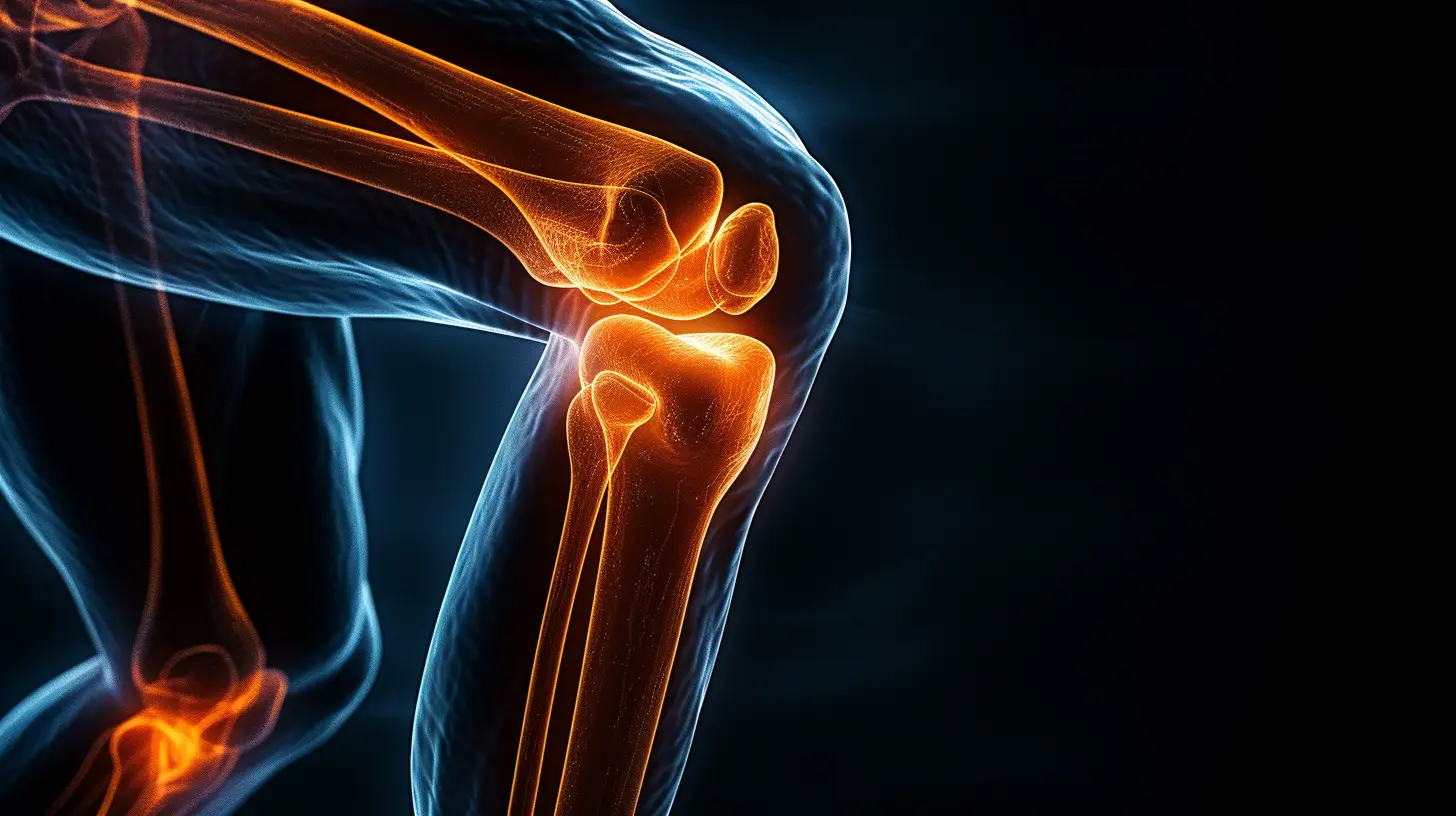
The Hip Muscles You Need to Pay Attention To
Not all hip muscles are created equal. Some are more likely to cause issues than others if they're weak or tight. Here are the main players you want to keep strong and engaged:Gluteus Maximus
The big boss of the backside. It powers you through running, climbing, and lifting. Weak glutes? You're basically robbing your body of power and protection.Gluteus Medius and Minimus
These smaller glute muscles help stabilize your pelvis and control side-to-side movement. They're essential for balance and hip alignment.Hip Flexors (Iliopsoas)
These bad boys allow you to lift your legs and stabilize your trunk. But, they can get tight from too much sitting, which can lead to postural imbalances and hip pain.Deep Hip Rotators
Muscles like the piriformis help you rotate your legs and stabilize your hips during rotation-heavy activities like changing directions on the court or field.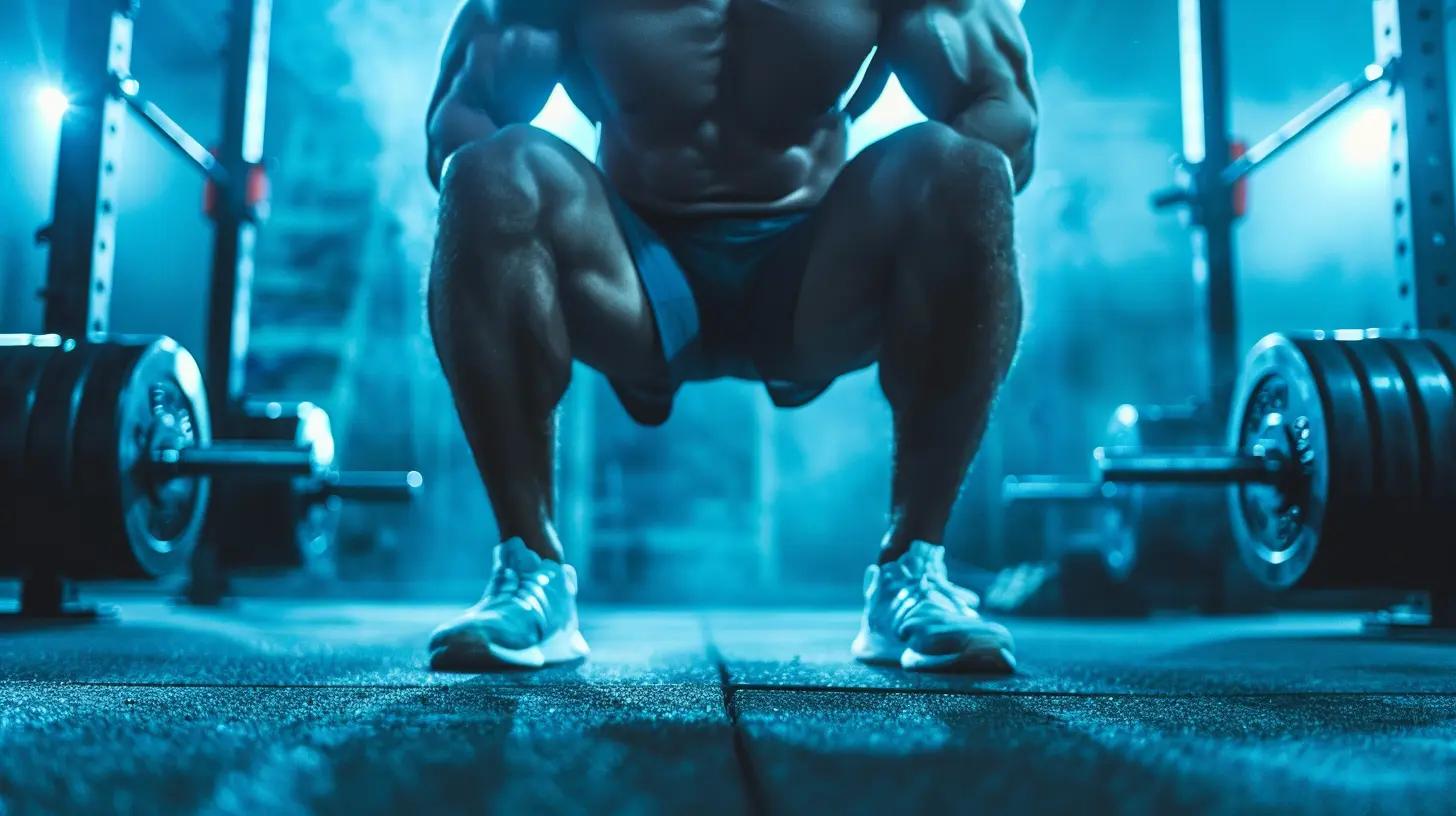
The Science Supports It
If you’re the type who needs cold, hard facts—don't worry, the research is on board too.Studies have consistently shown that athletes with strong hip musculature, especially in the glutes, have a significantly lower risk of injuries to the knees and legs. A 2012 study published in the Journal of Orthopaedic & Sports Physical Therapy found that hip strengthening decreased the occurrence of patellofemoral pain syndrome by improving knee control during motion.
Another study in the American Journal of Sports Medicine linked decreased hip strength to ACL injuries in female athletes. The researchers found that those with weaker hips had more inward knee movement, which increased the strain on their ACLs.
Signs You Might Have Weak Hips
So, how can you tell if your hips need some extra love? You don't have to wait until you're injured to find out. Watch out for these red flags:- Your knees cave inward when you squat or land from a jump
- You feel more tension in your quads or hamstrings instead of your glutes during leg exercises
- You have recurring shin splints or knee pain
- You struggle with balance or feel wobbly during single-leg movements
- You sit a lot during the day (desk job, we’re looking at you)
If you're nodding along to any of these, it's time to start addressing your hip strength.
How to Strengthen Your Hips
Ready to show your hips some love? Great. You don’t need fancy equipment or gym memberships to get started—just consistency and good form.1. Glute Bridges
Lie on your back with knees bent and feet flat. Drive through your heels and squeeze your glutes as you lift your hips. This targets the gluteus maximus and helps reinforce a strong posterior chain.2. Clamshells
Lie on your side with knees bent. Keeping your feet together, open your top knee like a clamshell. This isolates the gluteus medius, which is crucial for side-to-side stability.3. Lateral Band Walks
Place a resistance band around your thighs or ankles and take side steps. You’ll feel the burn in your glutes and hips as they work to stabilize your movement.4. Single-Leg Deadlifts
Balance on one leg and hinge forward at the hips while reaching the opposite hand toward the floor. This exercise challenges your balance and builds hip control.5. Bulgarian Split Squats
This one’s a killer—but so worth it. Place one foot behind you on a bench and lower into a split squat. It strengthens your hips, quads, and glutes all at once.Don’t Forget Mobility
Strength is only one part of the equation. Mobility matters too. Tight hip flexors, for example, can mess with your posture and muscle activation patterns. Incorporate stretches like:- Pigeon Pose
- Couch Stretch
- Hip Circles
- Lunge with Overhead Reach
Doing these regularly can improve your hip range of motion, reduce compensation patterns, and unlock more power in your movements.
The Bigger Picture: Injury Prevention and Performance
Focusing on hip strength isn’t just about avoiding injuries—it’s also about unlocking better performance. When your hips are strong:- You run faster
- Jump higher
- Cut and pivot with more control
- Recover quicker
- Move more efficiently and pain-free
Whether you’re a weekend warrior, a competitive athlete, or just someone who wants to be active without aches and pains—hip strength is your secret weapon.
Building a Hip-Focused Routine
Here’s a quick and effective weekly routine to fire up your hip muscles. Do this 2–3 times a week as part of your warm-up or accessory work:| Exercise | Sets/Reps |
|------------------------|----------------|
| Glute Bridges | 3 sets of 15 |
| Clamshells | 3 sets of 12 per side |
| Lateral Band Walks | 3 sets of 10 steps each direction |
| Single-Leg Deadlifts | 3 sets of 8 per leg |
| Bulgarian Split Squats | 3 sets of 10 per leg |
| Couch Stretch | 2 x 30 seconds each leg |
Remember, form matters more than anything else. Take your time, focus on muscle engagement, and progress slowly.
Conclusion: Your Hips Deserve the Hype
Let’s be honest—hip work isn’t always glamorous. It’s not as cool as bench pressing or sprinting down a field. But it’s absolutely foundational. Think of your hips like the engine of a car—if it’s not running smoothly, everything else suffers.So the next time you lace up your running shoes, hit the gym, or warm up for a game, give your hips the attention they truly deserve. Not only will you reduce the risk of pesky injuries, but you'll also feel stronger, more balanced, and more powerful in everything you do.
Trust me—your knees, your back, and your future self will thank you.
all images in this post were generated using AI tools
Category:
Injury PreventionAuthor:

Fernando Franklin
Discussion
rate this article
1 comments
Denise McRae
Strengthening hip muscles improves stability and balance, reducing injury risk in athletes. Prioritizing hip workouts in training can lead to more resilient lower bodies.
August 26, 2025 at 2:28 AM

Fernando Franklin
Absolutely! Prioritizing hip strength is crucial for enhancing stability and balance, ultimately reducing injury risk and promoting a healthier lower body for athletes.
